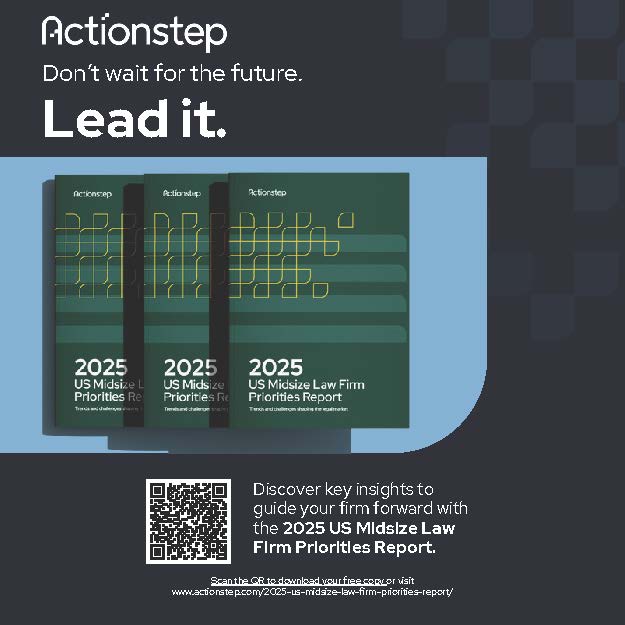FP&A for Law Firms: Enabling Real-Time Intelligence
Legal operations require a different kind of intelligence — one that spans practice performance, client profitability and cash flow across long-tail matters. A well-designed FP&A platform can unlock flexible and dynamic reporting combining:
Live integration with practice management systems: Connect tools like Elite, Aderant and other general ledger systems, as well as customer relationship management and human resources information system timekeeping platforms, to ensure real-time visibility into work-in-progress, accounts receivable and utilization metrics.
Scenario modeling across practice groups: Instantly model the financial impact of regulatory changes, new client onboarding or alternative fee arrangements (AFAs).
Insights across finance, HR and partnership strategy: Break down silos to evaluate everything from associate leverage ratios to profitability by billing partner, enabling firmwide alignment.
Firms with these capabilities can pivot quickly, whether reallocating resources in response to delayed litigation, adjusting partner draws or forecasting working capital around trust balances and invoice cycles.
Legal operations require a different kind of intelligence — one that spans practice performance, client profitability and cash flow across long-tail matters.
Why It Matters in Legal Finance: Confidence in a Shifting Environment
Take, for example, a mid-sized firm facing volatility in litigation demand and rising associate salaries. With predictive forecasting, the CFO can model different case intake scenarios, assess margin impacts by matter type and adjust hiring or partner compensation plans accordingly — long before the financials reflect the risk.
Or consider a firm navigating a merger. Predictive tools enable leadership to forecast integration costs, model cultural and financial synergies, and manage partner expectations with greater transparency and data-backed clarity.
From Partner Hunches to Precision Strategy
In the past, many law firms operated on instinct with partners making decisions based on experience and historical norms. But as firms grow more complex, global and client-centric, instinct alone isn’t enough.
Finance leaders must provide the insight and foresight that allow firms to remain nimble. That means forecasts grounded in accurate, up-to-date data that can adapt as market dynamics, staffing models and client pressures evolve.





